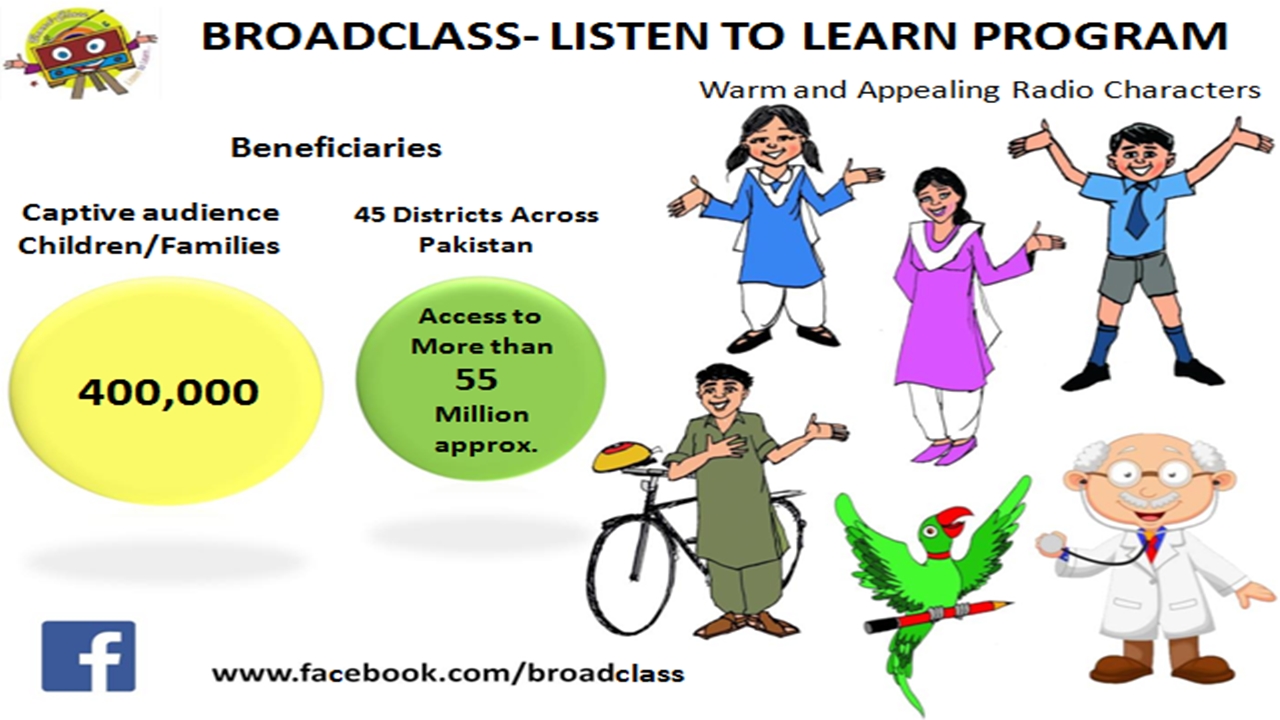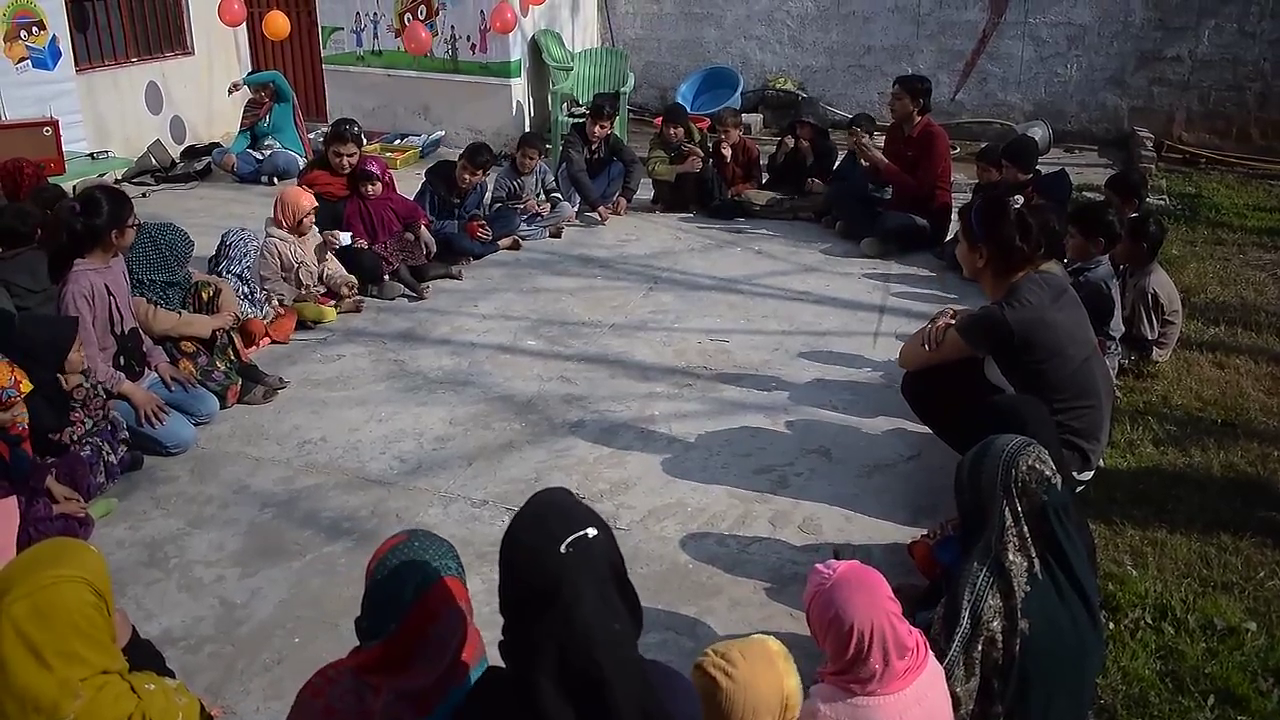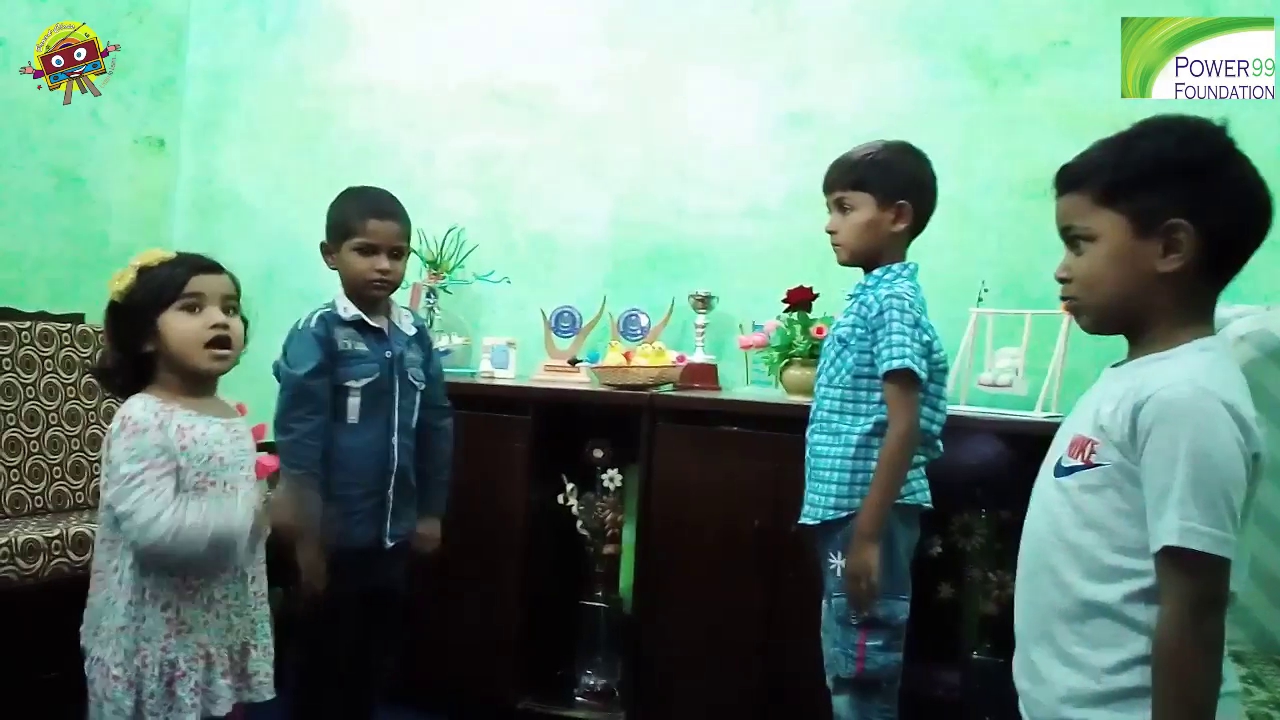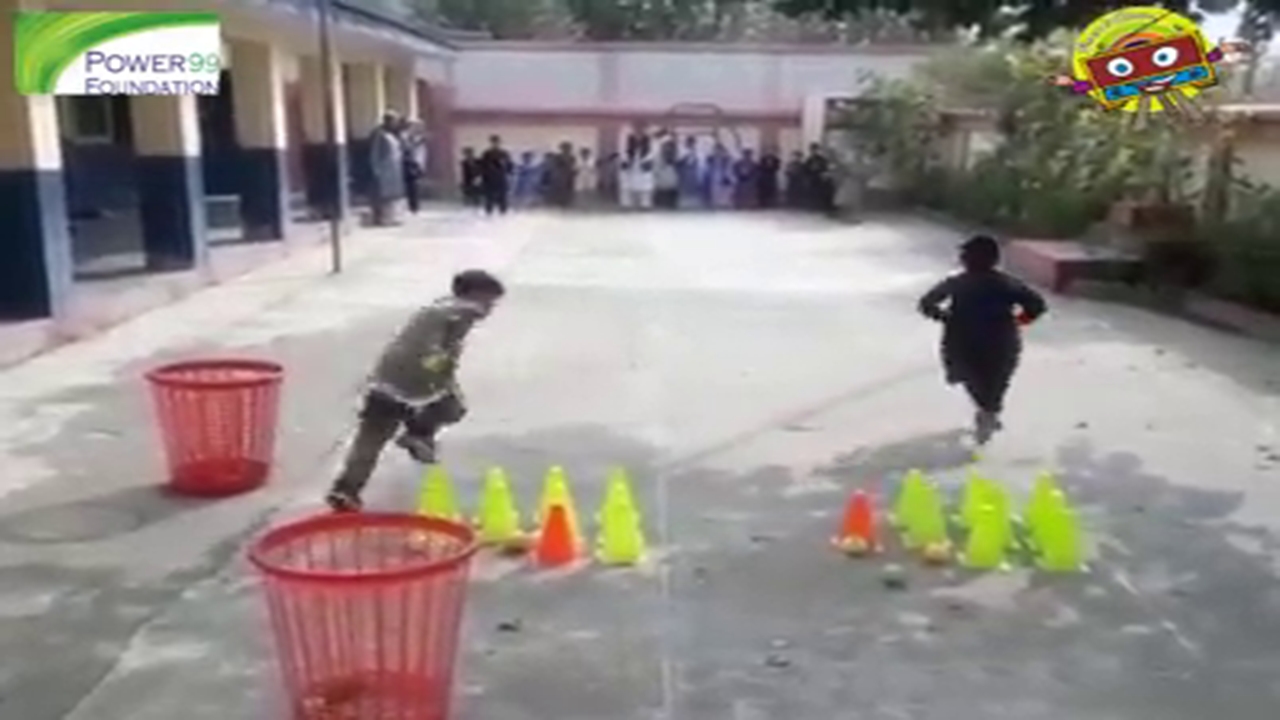
The overall goal is to provide equal, high quality and inclusive education guided by the Sustainable Development Goals (particularly SDG 4, which calls for inclusive and equitable education for all), the United Nations Convention on the Rights of the Child (UNCRC), and the Framework for the Protection of Children
It is at once a teacher/adult caregiver training tool and: a direct hands-on program created to engage learners in seeking out information and clues, being observant and curious, and working through games and experiments together.
“Broad Class – Listen to Learn” is an innovative interactive, pedagogical approach for improving literacy, numeracy, and healthy habits among young school-aged children (KG-Grade V) of marginalized communities. “Broad Class – Listen to Learn” is designed as an outreach program to improve the quality, equity, and inclusiveness of education. Broad Class – Listen to Learn, the program delivers 45-minute daily instruction. It is a viable route for achieving the Sustainable Development Goals (SDGs) vis-à-vis literacy.
The program has been implemented in public schools of Islamabad, Abbottabad, Battagram, and Haripur districts of Khyber Pakhtunkhwa Province, District Vehari (Southern Punjab), in Madaris of Sheikhupura (Punjab), and Quetta (Baluchistan). The program uses daily radio broadcasts to bring student-centered instruction that covers the basic skills in the National Curriculum (including literacy, numeracy, English, and life skills).
The Broad Class program fulfills the specific needs of religious schools (Madaris) in Pakistan. The program equipped the millions of children studying in religious schools with not just knowledge and practice of the English language but critical knowledge, tolerance, and skills. In addition to radio-delivered instruction, the program enriches the learning environment by engaging resources already available (including, for example, teachers, local cultural artifacts such as rhymes/songs, games, and the environment, instructional materials in the classroom such as books and the blackboard, the expertise of local community members, and locally available material (such as bottle tops and sticks) to create a blend of good teaching and learning practice. https://www.facebook.com/broadclass/videos/1311047599013359/
IMPACT OF PROGRAM
A recent internal evaluation of the program noted the following key outcomes:
Student participation in the classroom increased by 14 percent.
- Student attendance increased by 18 percent compared to control schools
- Student enrolment increased by 10 percent compared to control schools.
- 92 percent of teachers used Broad Class teaching techniques in their classrooms.
- Parent satisfaction increased by 3 percent.
- Teachers’ lesson planning skills and English pronunciation improved.
Third-party evaluation on the impact of the Broad Class Program by UKAID found that the project improved the partnership with the education department, Changes in knowledge, attitude, and practice of the students were also statistically significant. For example, students had better learning outcomes and were more motivated. The report also found that radio-based activities increased learner attentiveness by 78% compared to non-radio-based traditional learning activities. (ilm, 2015)
The program has a significant impact on improving student learning gains and has a diverse impact on other stakeholders. Much like the children’s television shows Sesame Street or Mister Rogers in the United States. Broad Class has broad appeal throughout Pakistan in terms of both its content and its social impact. ( SIDA- Effective Practices Database: https://uil.unesco.org/case-study/effective-practices-database-litbase-0/broad-class-listen-learn-pakistan
| Benefits to participants | Benefits to facilitators | Benefits to Community | |
| General | Awareness of health and hygiene issues | Improved teaching practices | Knowledge of the importance of education |
| Specific | Enhanced learning through continued education | Capacity built for teaching in non-formal settings | Improved/continued learning among children
Awareness of basic health issues |
A DESCRIPTION OF THE APPROACH
Radio is the main tool used for the program. Special wooden radios with dry re-chargeable batteries, built-in sound system, and USB/memory card options are provided to classrooms. Due to public broadcast and accessibility, it makes educational inputs accessible to a highly mobile population on a sustained basis. With the approval of the Federal, Provincial, and District Education Departments, and the cooperation of individual school leadership bodies, this allows FM radio to broadcast 152 days across the academic year, providing 2 introductory lessons and 75 lessons for each grade level. The program is also publically broadcasted and thus benefits out-of-school children, teachers of non-formal/private schools, parents and members of school councils/communities, and the general population.
The program explicitly takes into account the likelihood of poorly trained or even absent teachers and uses reliable, low-cost, and flexible delivery. The Program offers 40 hours face to face training along with Teachers’ guides on sound pedagogy and its effective use in the classroom through modeling and simulation. Three basic simulation sessions provided pre-broadcast preparation, IRI program facilitation, and post-broadcast follow-up activities. The programs use the three “P’s” (Presentation, Practice, and Performance) lesson presentation, Cooperative Learning teaching methods such as pair work and group work, team or group competitions, individual work and the use of question and answers, games, stories, and songs rhymes, games to deliver content. It incorporates some reading strategies like prediction, drawing, and the use of locally available resources. The project team conducts ongoing monitoring and technical assistance exercises to assess changes in teachers’ instructional behavior and understanding of pedagogy introduced by the IRI.
The program exposes learners to regular, curriculum-based content. Materials developed for the program are uniquely suited to oral transmission to communities with little to no access to English to visual technology or materials, such as the internet, TV, or illustrated books. For content, we took into account students’ ages, circumstances, and the universality of topics. The team carefully constrained the amount, complexity, utility, and discourse devices of English in scripts so that all students could succeed in every lesson from the beginning. Overall content increase opportunities for absolute beginner English Learners (ELs) to engage in comprehension, expression, language study, fluency, and utilization activities. In addition to the series of lessons in literacy and math, the programs offer vital information on the prevention of diseases, health, and hygiene.
POWER99 Foundation through its partner radios broadcast lessons on the agreed timetable with school management. The content of the program is mapped out on the basis of Pakistan’s national curriculum and the broadcast’s scope, sequencing, and master plan have been developed by curriculum experts, IRI specialists, professional scriptwriters, and primary school teachers who collaboratively develop the content and generate activities and story ideas for programs. The breakdowns of lesson segments are as follow:
| Segment | Duration(minutes) | Description |
| Prayer (dua) | 3m |
Prayer on Love, Peace, and Harmony was written by National Poet (Allama Iqbal). |
| Aaj ki Achi Baat (Tip of the day ) | 3 m |
Doctor/Expert interactive message on health/hygiene and social/moral values. |
| Thematic Lesson | 30m |
The lesson starts first with a review of the previous lesson and then the selected themes of content start through verbal activity, physical activity, and performing/singing rhyme, reading story books based on the specific theme of the program. |
| Teacher Guide | 5 m |
This guide includes a preamble of the next day’s lesson and required teaching aids. |
| National song | 4 m |
The lesson ends with the playing of the national song for a smooth transition from broadcast-based to teacher-lead learning. |
Broad-class Readers Series created opportunities for marginalized children to have a personal subjective encounter with English, accommodated to their particular context, backgrounds, and resources, which boosted each child’s imagination.
In order to address issues of gender equity, the program focused on choosing radio characters as female role models that challenged stereotypes e.g., one character named Gul is a very outspoken girl, who loves learning and is not ashamed to express her ideas even when she is not sure of herself. Ameena Bibi, a radio teacher takes joy in teaching. Dialogues and stories throughout the series encourage girls to be confident in their ability to learn and contribute meaningfully to society. These strategies help establish a girl-friendly learning environment that encourages girls to enroll and complete primary school.
The program has an outreach strategy using Radio, YouTube, and Facebook to inform families, businesses, and the community about school and family involvement opportunities, policies, and programs
The program materials succeeded because we use multiple strategies that transformed students in remote non-elite classrooms by turning their English classroom into a place where they take up identities as English speakers. Our expertise lowers developmental


